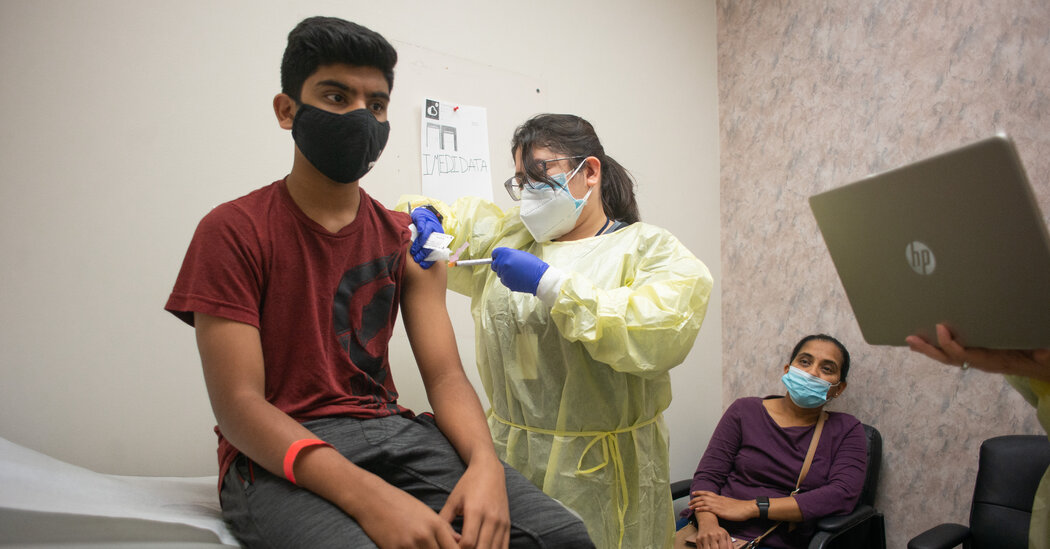
The authorization of a second vaccine for adolescents could help convince more parents, some of whom have expressed reluctance about having their children vaccinated, that the shots are safe, experts said. “Most parents vaccinate their children,” Dr. O’Leary said. “With the Covid vaccines, we’ve seen a little bit more hesitancy, but the further along we get demonstrating safety and effectiveness, the more people we’re seeing wanting the vaccine.”
It would also give parents and teenagers a choice between vaccines, although experts noted that the Pfizer and Moderna vaccines appear to be equally safe and effective.
“This really give parents, I think, a little bit more confidence,” said Rupali Limaye, an expert on vaccine use and hesitancy at Johns Hopkins University. “If they’ve had personal experience, for example, with one of the mRNA products and not the other, they might feel more comfortable then saying, ‘You know, I had a great experience with Moderna, so I really want my child to get Moderna.’”
But because the Pfizer and Moderna vaccines both require two shots, spaced several weeks apart, ensuring that all teens have access to the vaccine may remain a challenge. “I think we’ll still unfortunately not be able to reach more underserved populations that are facing vaccine disparities, because it’s still the two-dose regimen,” Dr. Limaye said. Authorizing a one-dose vaccine, like the Johnson & Johnson shot, for use in adolescents may help close these gaps, she said.
The U.S. already has enough doses to vaccinate adolescents many times over. There are approximately 25 million American children between the ages of 12 and 17, according to estimates from the U.S. Census Bureau. That is roughly the same number of shots that Pfizer and Moderna are distributing, in total, per week in the U.S.
“Right now, we have more than enough supply to vaccinate our teens,” said Dr. Celine Gounder, an infectious disease specialist at Bellevue Hospital Center in New York. “So it’s not so much that the Moderna vaccine is critical for having supply for our population, but rather, having a second vaccine come online for that age group that could be available to the rest of the world — I think that is important.”
Many other countries, however, will not be ready to vaccinate their adolescents for quite some time. Although more than 1.7 billion vaccine doses have been administered globally, there are enormous inequities between countries; 84 percent of doses have gone to people in high- and upper-middle-income countries. Just 0.3 percent have gone to low-income countries.
